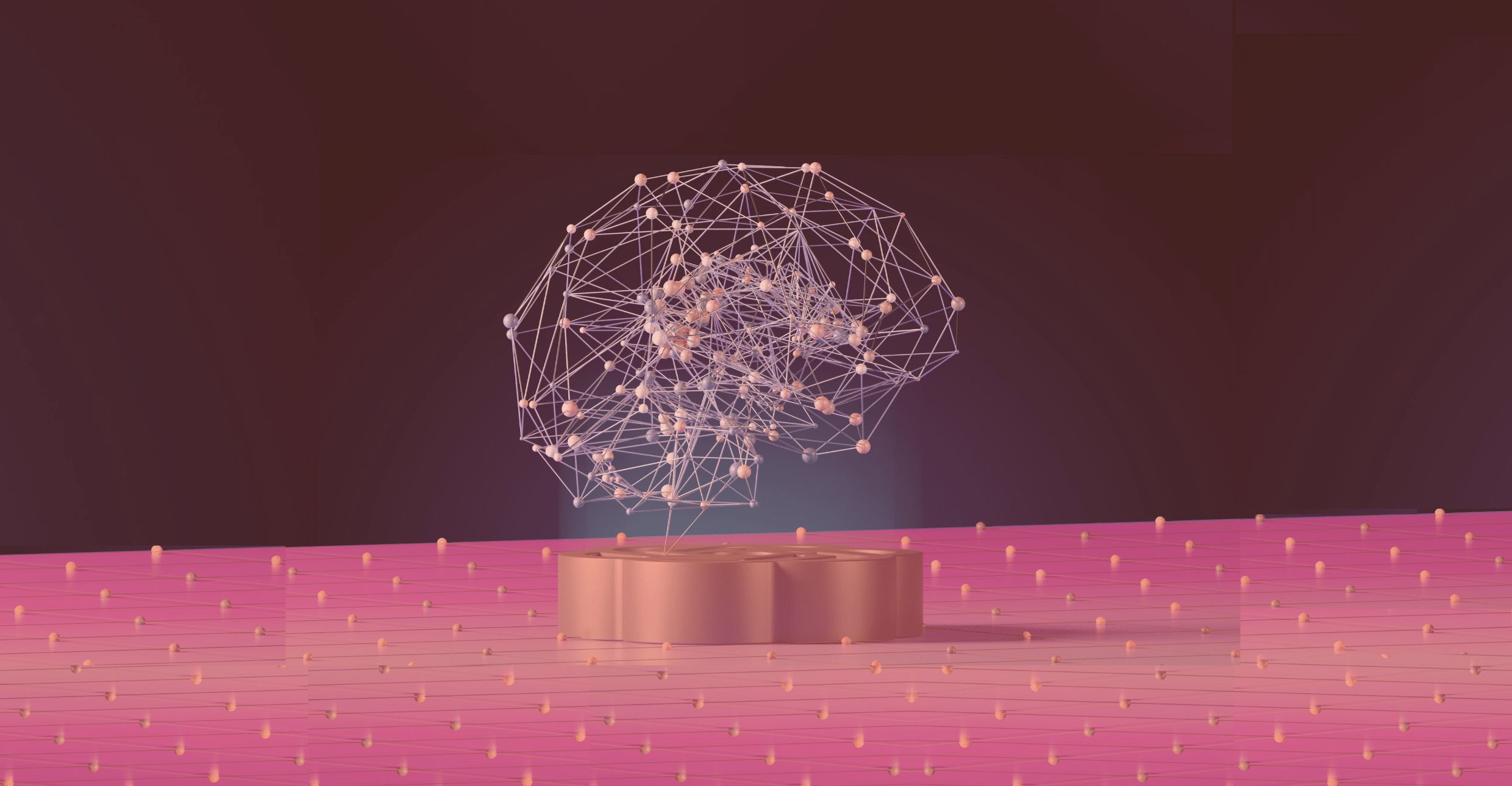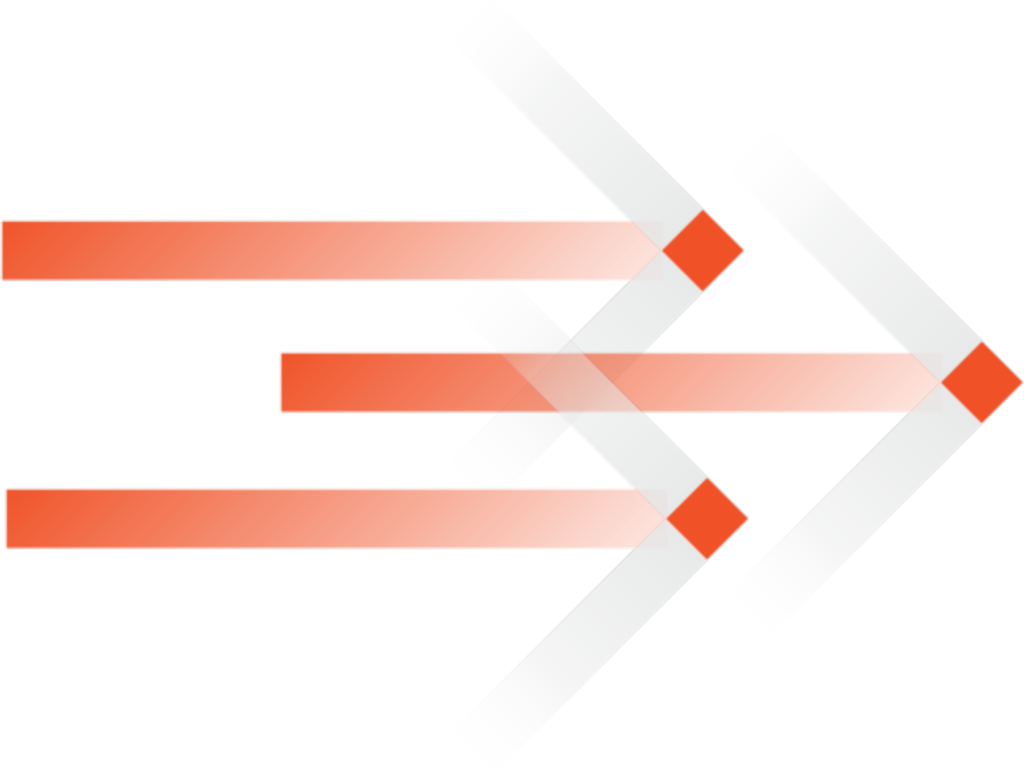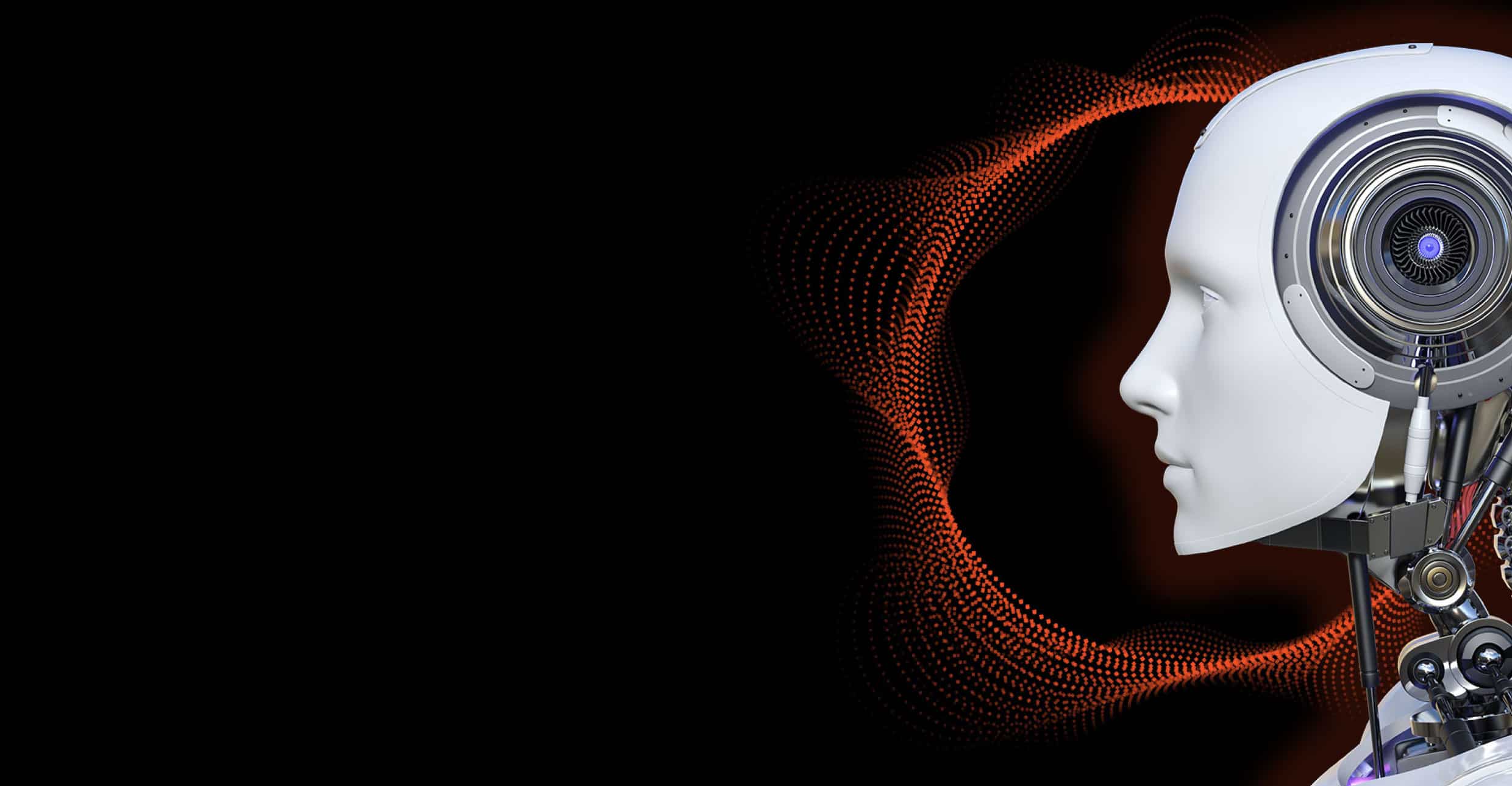Azure OpenAI Service and ChatGPT Enterprise
Microsoft has been offering its Azure customers access to the same LLM that ChatGPT uses, via its Azure OpenAI Service, since November 2021. This was intended to help businesses use large-scale generative AI models with the built-in security, reliability, compliance, and data privacy of the Azure environment.
Then in August 2023, OpenAI launched ChatGPT Enterprise. Delivering ‘enterprise-grade security and privacy, unlimited higher-speed GPT-4 access, longer context windows for processing longer inputs, advanced data analysis capabilities, customisation options, and much more5,’ ChatGPT Enterprise is an overlapping service to Azure OpenAI.
The difference is that ChatGPT Enterprise subscribers don’t need to subscribe to Azure, meaning this new service from OpenAI opens up the availability of its services to organisations outside the Microsoft Azure environment.
Leveraging OpenAI and ChatGPT in your organisation
With ChatGPT now available through the OpenAI Enterprise and Azure OpenAI Service, organisations can choose how they integrate AI into their business.
If you’re an existing Microsoft Azure customer, you already have REST API access to GPT, DALL.E, Codex and other LLMs with the security and enterprise benefits of Microsoft Azure.
The service is deployed within your existing Azure subscription with encryption of data at rest and data privacy governed by Microsoft's Responsible AI principles.
Using an LLM with your own data
If your data is already within the Microsoft ecosystem (i.e. you’re already on Azure) Microsoft Copilot is your most direct route to using an LLM with your own data. Microsoft 365 Copilot leverages the power of LLMs and combines this with user-specific data within the Microsoft Graph, such as calendar, emails, chats, documents, meetings, and more.
It can perform tasks such as drafting emails, creating content based on user prompts, and assisting with other productivity tasks within the Microsoft 365 or Windows environments.
For more information on Microsoft 365 Copilot, read our latest blog on this.
Using LLMs if your data is located elsewhere
Many Tecala clients have their data outside Azure. It could be stored in a database, in a file store, or even a custom or 3rd party application. If this is the case, you can still harness the power of an LLM with your data, and the way you’re going to do this is through plugins.
Plugins serve as the "eyes and ears" for LLMs because they give them access to external data sources, systems, and services. Quoting ChatGPT directly here, “they extend the model's capabilities to gather real-time information and interact with databases, APIs, or websites."
“These plugins can process and interpret data from various sources, allowing LLMs to provide up-to-date and contextually relevant information. Essentially, plugins serve as the sensory inputs, providing LLMs with the ability to perceive and respond to the ever-changing world, enhancing their usefulness in tasks like research, data retrieval, and dynamic content generation," ChatGPT explains.
Combining the power of Generative AI with your own business data
Realising that many clients need a quick and effective way to leverage the power of Generative AI and LLMs, Tecala has developed ‘Tecala GPT’.
Tecala GPT acts as an interface between your users and your data. From SharePoint and One Drive to Azure Blob Storage and even 3rd Party Apps, Tecala GPT covers a wide spectrum of data sources. This means there are no data silos, and every piece of information you need is within reach.
Going beyond simple keyword searches, it interprets and understands the context of questions based on its knowledge of the user's industry, and fetches the most relevant data from all available sources, to deliver the most relevant response. Because it also provides citations with the response, users can do their own further reading to improve their own understanding of the topic. But what Tecala GPT always delivers, off the bat, is the most accurate and nuanced response, in the most efficient way.
Whether you're on Microsoft Teams, Web Chat, or on your mobile, Tecala GPT enables you to delve into your organisation's data to get the information you need in relation to any situation. No need to juggle between apps or platforms, the answers you need are always just there, in one convenient interface.
4. Computerworld – Oct. 20, 2023
5. OpenAI Website – Aug. 28, 2023




